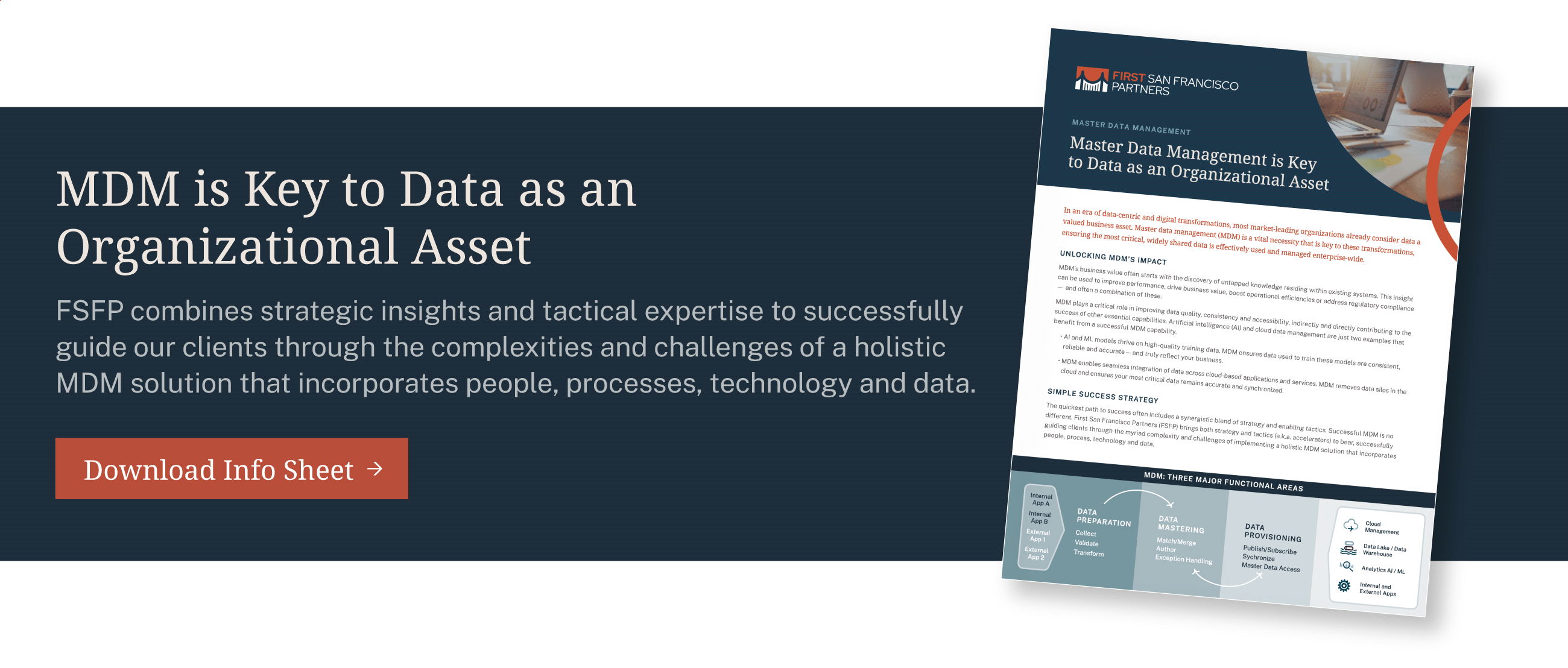Last week, I joined thousands of professionals at DATAVERSITY’s two-day virtual conference, Enterprise Data World.
The conference was a bit different than other years, being entirely online due to safety and health concerns in light of the COVID-19 pandemic. This format allowed me to attend lectures from the comfort of my home, and made it easier to fit into my schedule. Many others from around the world joined, able to combat distances and time zones using this virtual platform.
The conference was accompanied by a live chat that was humorous and insightful, and created a community ranging from experts to beginners. As someone relatively new to the world of data, I found the conference to be a useful overview of many topics including: agile data, AI and machine learning, business analytics, data architecture, data governance, data leadership, data modeling, data strategy, data visualization, digital transformation, industry trends, master data management and new data management technologies.
Here are my top 10 takeaways, in no particular order:
- “Every job is about data” now. When looking at trends that occurred in 2020, we see an increase in data literacy, digital transformation, DataOps, and other data-centric areas. With this increase, data is becoming important in every job, not just jobs with data in the title, or data-centric areas of the company. (April Reeve)
- Data visualization makes data actionable and accessible. Good data visualization has the power to drive sound decision-making and show value in the data. The power to show meaning from data in a visual way is essential to creating understanding, and eventually change. (Dr. Joe Perez)
- Governed data is valuable for optimizing decisions at every level of an organization. As more businesses integrate AI and explore digital transformation, data becomes essential. Data that can be trusted is critical in any environment. (Scott Buckles)
- “Structured data works harder than unstructured data.” It’s hard to make unstructured data do anything for a company without adding some structure to it first, which may be a misconception some companies have. At least some structure needs to be added to data to create meaning, and “put your data to work”. (Scott Taylor)
- Data modeling is still as important as ever. The role of the data modeler has changed as software has changed. In some cases, data modelers have been brought into the database design process after the fact. However, it is still critical to have data modelers take an active role in design throughout the process, and it may not be too late to make this change. (Ron Huizenga)
- Data governance, data leadership and data architecture must all work together. While data leadership is concerned with maximizing data value, it must work with data governance’s focus on people’s behavior to truly result in sound models, policies, and rules that make up data architecture. (Robert Seiner and Anthony Algmin)
- AI and graph analytics in data management are helping to automate and accelerate the production of trusted data assets. AI is now used in many data management strategies including databases, data catalogs, data governance and BI tools. All of these strategies work to extract more information from data and make this information more trustworthy, and AI can assist in this process. (Mike Ferguson)
- Adopting a data-centric approach in one business division can lead to a transformation across an enterprise. Sometimes, it can be easier to make a change starting in one area of a business. Adopting a data-centric approach is no different. Once this practice is in place, the practice and patterns from the one case can be taken to help adopt changes across an entire enterprise. (Dave McComb, Mark Avallone, and Hamish Brookeman)
- Data governance is a critical success factor in data programs, but it is important for data governance be agile in order to provide the greatest value. A data governance program should be adaptable. Creating a data governance team and making everyone a data steward can be the key to driving value — while ensuring it persists (Laura Madsen)
- “Garbage in, garbage out” is an important rule to consider. As digital transformation is coming to the forefront for many companies, it’s important to look at the data that is being used to drive these changes. If you put “garbage” data in, the technology in place will put “garbage” value out. This is why it’s important to monitor and govern the data that is used. (Scott Taylor)
I learned a lot from this two-day event, but I only highlighted a few of my learnings here. The talks are available on DATAVERSITY’s website, if you are looking for more information. There is also a wealth of information under #EDW on Twitter, which was used throughout the event.
Thanks to DATAVERSITY for this great event. If you attended EDW2020, we’d love to hear your takeaways.



